
Turkish Excavation Team Makes Major Progress at the Ancient City of Syedra
Syedra, rising above the Mediterranean on the steep ridges near modern Alanya, is undergoing one of the most dynamic archaeological transformations in southern Türkiye. Under the direction of Assoc. Prof. Dr. Ertuğ Ergürer of Alaaddin Keykubat University, the excavation project has advanced at an unprecedented pace, exposing large parts of the ancient settlement and reshaping scholarly understanding of the Cilician–Pamphylian frontier.
Nearly three millennia old, Syedra is now reclaiming its position as a major urban center whose architecture, infrastructure and sacred spaces remain remarkably well preserved beneath centuries of earth and vegetation.
Reconstructing a Forgotten Urban Landscape
Syedra once stood as a thriving Mediterranean city where Hellenistic planning, Roman engineering, Byzantine spirituality and traces of the Anatolian Seljuks intertwined on a single fortified plateau. Excavation terraces now reveal a city organized around monumental public spaces, terraced streets and an intricate water-management network carved into the rocky terrain.
Among the most striking discoveries are the stadium built directly along the natural slope, the theater and the council building, and a series of bath complexes fed by a sophisticated freshwater system. The team also uncovered extensive cisterns, sarnıç-style reservoirs and public pools, demonstrating centuries of hydraulic experience.
📣 Our WhatsApp channel is now LIVE! Stay up-to-date with the latest news and updates, just click here to follow us on WhatsApp and never miss a thing!!
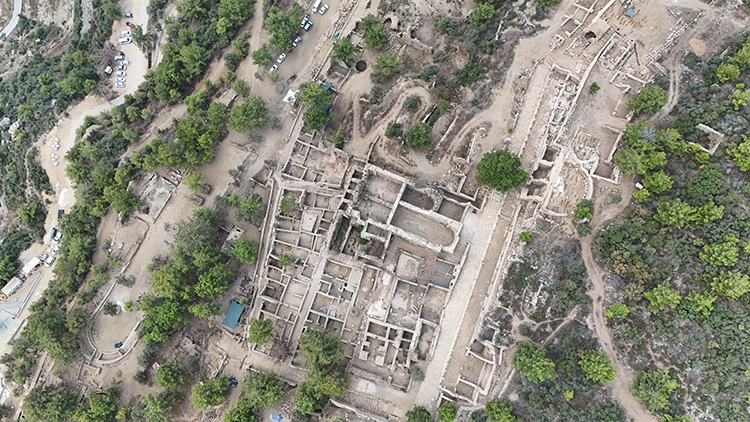
Urban circulation seems to have revolved around a major colonnaded avenue, whose proportions still frame the city’s central movement axis. Residential terraces, domestic clusters and newly identified industrial zones—including multiple olive-processing installations—complete the picture of a self-sustaining mountain city overlooking the sea. Higher on the slope, the rock-cut baptism cave, long associated with late antique local tradition, stands out as one of Syedra’s most evocative and symbolically charged monuments.
“Fifty Years of Work Achieved in Three”
Ergürer emphasizes that the transformation is not a coincidence but the result of expanding the project into a year-round excavation.
Ergürer explains that the team’s rapid progress is directly tied to a major shift in excavation strategy.
“We began in 2019 with a very limited working area, and progress was slow until 2023,” Ergürer said. “After we transitioned to 12-month excavation seasons, the pace changed dramatically. The extended working period and institutional support allowed us to achieve in a few years what would normally require decades.”
He explains that Alanya’s mild climate made continuous excavation possible and allowed archaeological teams to operate from January through December.
“The extended season and the strong institutional support allowed us to accomplish what normally requires half a century. We achieved nearly fifty years of progress in just three,” he added.
This shift enabled simultaneous exploration of multiple sectors across the city. Newly exposed stairways, sacred spaces, industrial workshops and residential terraces have all emerged within the past few years, rapidly expanding the archaeological map of Syedra.
Syedra Prepares for a New Visitor Experience
Alongside archaeological breakthroughs, Syedra is undergoing a comprehensive redesign of its visitor infrastructure. A new entrance complex and parking area are being built, and walking routes are being reorganized to guide guests along original ancient pavements. Nearly the entire path will allow visitors to step directly onto the same levels once used by Roman and Byzantine inhabitants.

Next year, a full lighting system will illuminate the terraces, making the site accessible until midnight. Visitor numbers reflect the increasing interest: from only 2–3 thousand in 2019 to more than 100 thousand today, with large tour groups now incorporating Syedra into their regular routes.
Ergürer notes the importance of this shift for the public:
“Visitors walk right beside the excavation areas. They see archaeologists at work and receive explanations directly from the field. It creates a unique atmosphere for them.”
A New Reference Point for Southern Anatolian Archaeology
The significance of Syedra extends far beyond its local setting. Situated on the threshold between Rough Cilicia and Pamphylia, regions historically overshadowed by western Anatolia, the city offers rare evidence for understanding frontier settlement patterns, coastal defense systems, religious traditions and the economic structures of Mediterranean mountain communities.

Ergürer stresses the academic value of this emerging dataset:
“This part of southern Türkiye has received limited archaeological attention. The results from Syedra are providing new and much-needed reference points for archaeology, culture and tourism.”
As excavations continue to accelerate, Syedra is set to become one of Türkiye’s cornerstone archaeological projects, blending scientific discovery with a rapidly improving visitor experience.
You may also like
- A 1700-year-old statue of Pan unearthed during the excavations at Polyeuktos in İstanbul
- The granary was found in the ancient city of Sebaste, founded by the first Roman emperor Augustus
- Donalar Kale Kapı Rock Tomb or Donalar Rock Tomb
- Theater emerges as works continue in ancient city of Perinthos
- Urartian King Argishti’s bronze shield revealed the name of an unknown country
- The religious center of Lycia, the ancient city of Letoon
- Who were the Luwians?
- A new study brings a fresh perspective on the Anatolian origin of the Indo-European languages
- Perhaps the oldest thermal treatment center in the world, which has been in continuous use for 2000 years -Basilica Therma Roman Bath or King’s Daughter-
- The largest synagogue of the ancient world, located in the ancient city of Sardis, is being restored



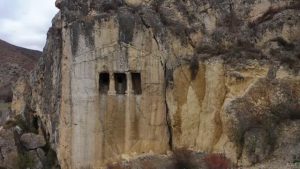

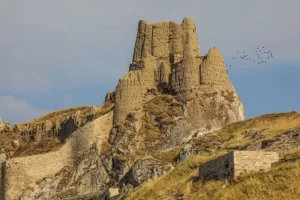
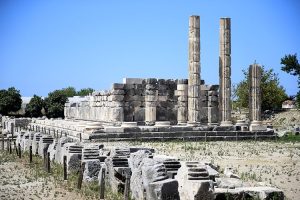



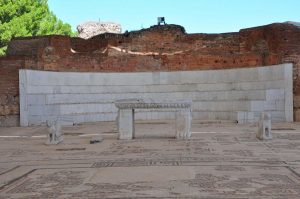
Leave a Reply